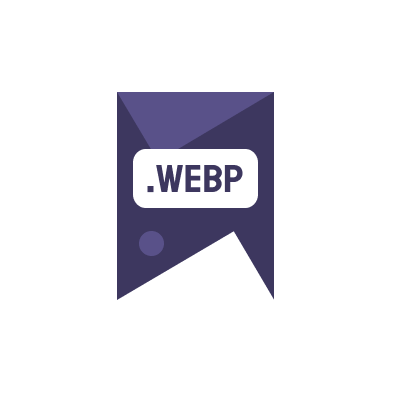Choosing the right image format for your projects can significantly impact both the quality and performance of your website. While WebP has become increasingly popular due to its efficient compression and quality retention, there are scenarios where JPG vs PNG vs WebP might tilt in favor of the older formats.
Understanding the Basics of JPG, PNG, and WebP Formats
JPG (or JPEG) is widely used for its ability to compress images at a customizable level, which can significantly reduce file size while maintaining reasonable quality. PNG is preferred for its lossless compression, supporting transparency and delivering higher quality for detailed graphics. WebP, a modern format introduced by Google, combines the benefits of both and adds improved compression algorithms.
Scenario 1: Maximum Compatibility
If your primary concern is compatibility across all browsers and devices, JPG and PNG are still the safer choices. While WebP is supported by many modern browsers, older versions and some specific browsers do not support this format. When aiming for the broadest audience reach, sticking with JPG or PNG ensures your images are viewable by everyone.
Scenario 2: Transparent Backgrounds
When you need images with transparent backgrounds, PNG has been the go-to choice. Although WebP supports transparency, PNG is still widely used in scenarios where designers prioritize detailed adjustments and nuances in transparency.
Scenario 3: Printing Needs
For printing purposes, where image quality is paramount and file size is less of a concern, PNG is often superior. Its lossless compression means that no quality is sacrificed, which is crucial for printed materials that need to look sharp and detailed.
Quality vs. Performance Trade-Off
In scenarios where a balance between quality and performance is important, choosing the right format can be tricky. JPG vs PNG vs WebP debates often come down to specific needs:
- JPG: Best for photographs and real-world images where some quality loss is acceptable for significantly reduced file sizes.
- PNG: Ideal for images requiring high levels of detail close to the original, such as logos and text-heavy images.
- WebP: Suitable for web applications where speed and bandwidth usage are critical, and the slight quality trade-off is acceptable.
SEO and Web Performance Implications
From an SEO perspective, using WebP can enhance your site’s performance on tools like PageSpeed Insights. However, if your audience uses browsers that do not support WebP, your SEO efforts might not perform as well due to poor user experience. Convert your images to WebP easily online for free, improving loading times and potentially boosting your SEO ranking.
Conclusion
In conclusion, while WebP offers significant advantages in terms of compression and modern web performance, there are still legitimate reasons to choose JPG or PNG, depending on your specific needs and circumstances. Evaluate your priorities — be it compatibility, quality, or performance — to decide the best format. Incorporate JPG vs PNG vs WebP strategically to enhance both user experience and SEO.

